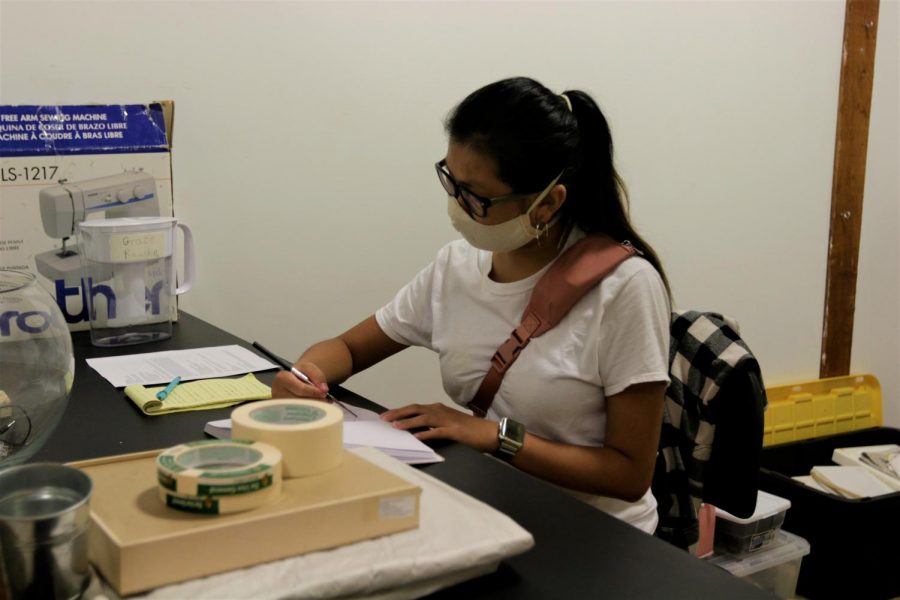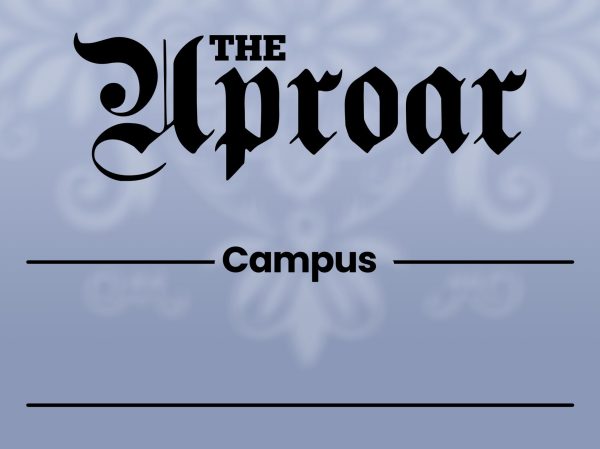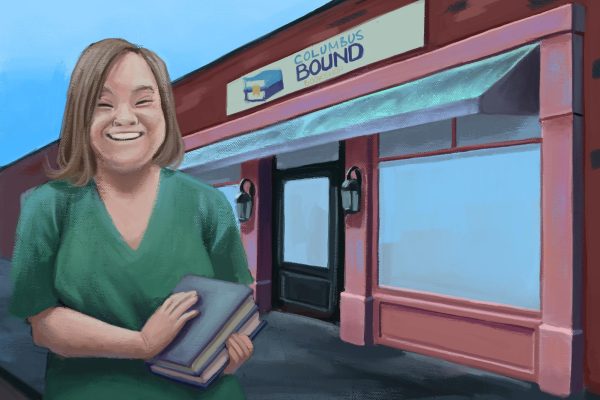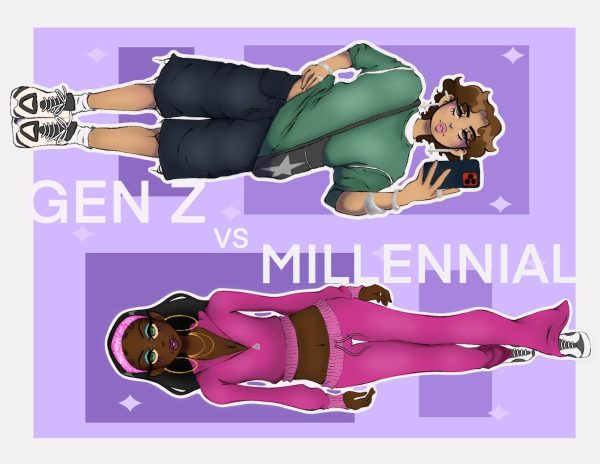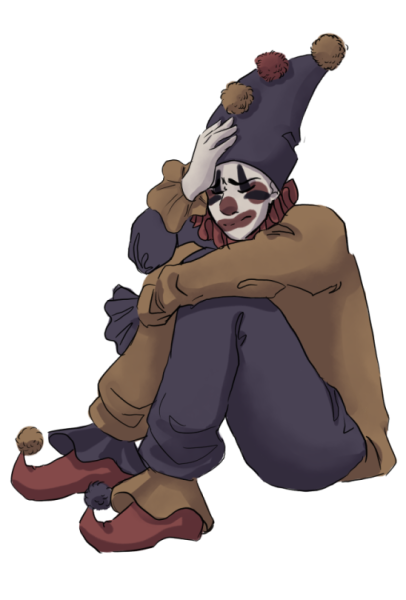The Art Department’s COVID-19 Strategy
For a degree so dependent on hands-on instruction, Department Chair Whittey addresses how the Art Department plans to maintain a safe and capable environment
Like many of the departments at CSU, the Art Department is having to reinvent their teaching to both keep students and faculty safe in the context of COVID, but while retaining the same quality of instruction. In an effort to maintain social distancing measures, some classes have had to be split between in person and online instruction.
According to Christopher Whittey, the Art Department Chair, this results in half of the students meeting with the faculty on one day of the week while the other half meets with their mentors on the other day. The classes that are less hands on, such as Art History, are being offered 100% online.
“But imagine the difficulty — if not the impossibility — of teaching something like Ceramics or Sculpture online,” he said, echoing a lot of art student’s concerns about this semester.
The creative solution the art department has come to is, for example, to move half of a ceramics class into spaces not typically used as classroom areas. Part of the student lounge is being used in this way. This allows for social distancing measures to be implemented, ensuring that each student can be taught six feet apart even without being in the large lecture halls that some other departments are using.
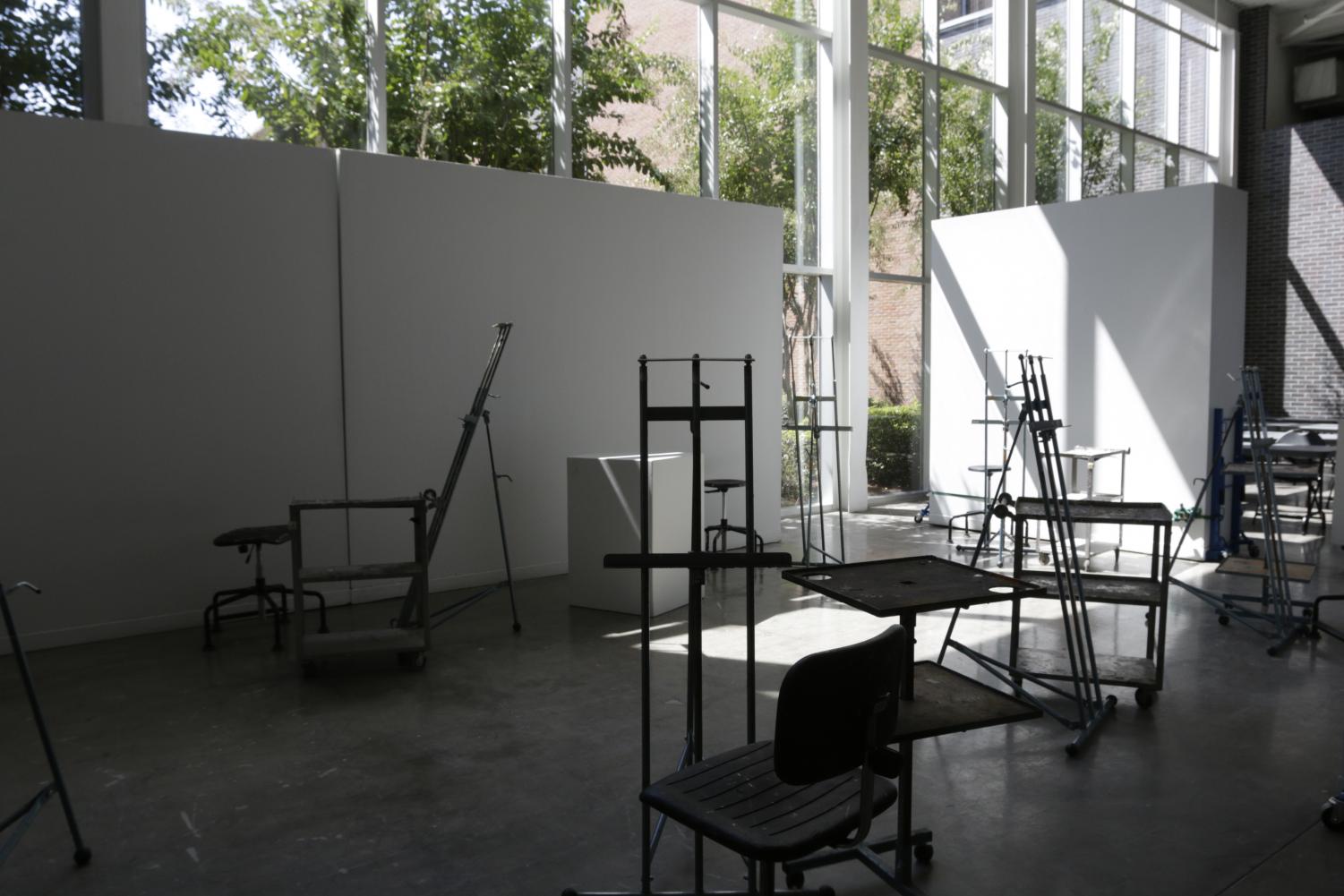
The components that are determining which classes are in person, split, or otherwise are the numbers of enrolled students and the size of the space. In other words, the art department is making instructional decisions based on the population density, much like there are now customer limits for businesses based on their square footage.
When asked about how easy it would be to implement these social distancing measures, Whittey responded, “The next time I see anything easy regarding C-19 will be the first time.”
This response portrays the difficulty in trying to figure out how to manage a department during the pandemic and get it ready for the semester while there are still so many moving pieces and uncertainties about the virus.
Whittey explained that one of the most disheartening and exhausting parts of this process has been having to ask so much of his faculty over the summer. One of the expectations of all faculty is that they must be practicing scholars as well as professional artists, so the only block of uninterrupted time they have to do this work is over the summer.
“The contradiction, then, is that we say to the faculty: you need to produce your work and now you are losing the time to complete said work,” he explained. “Having said that, and this is absolutely key for me, I have not heard so much as one complaint from any of the faculty in the Art Department. Not one, in this extreme, uncertain, and utterly draining period. As I have said by now an endless number of times, now with four separate institutions of higher learning on my resume, that this is the most inspiring and dedicated group I have worked with. As difficult as this period may have been for me personally, it would have been endlessly more trying were this not the case. And I so appreciate it,” he said of his colleagues.
The art faculty back’s Whittey’s efforts to keep everyone safe. “My biggest worry is everyone’s health and safety,” commented Hannah Israel, an Art professor who is teaching Professional Practice and Thesis Exhibition in person. “ I told my students that we all need to be transparent and communicate if they’re not feeling well physically as well as mentally. These are sensitive times and mental health is in the forefront of my concerns.”
Despite the stresses of the summer, Whittey retains hope for this semester.
“My hopes for the future are and have always been for the students and for the quality of the education they receive at this wonderful institution. I always send handwritten notes to supporters of our department and often say that their generosity helps provide futures for our talented students that they might not otherwise have,” he said. “This is the work we do at CSU, all of us. My hope is for the future of this next generation of cultural producers and scholars. So much rides on that, now more than ever.”



